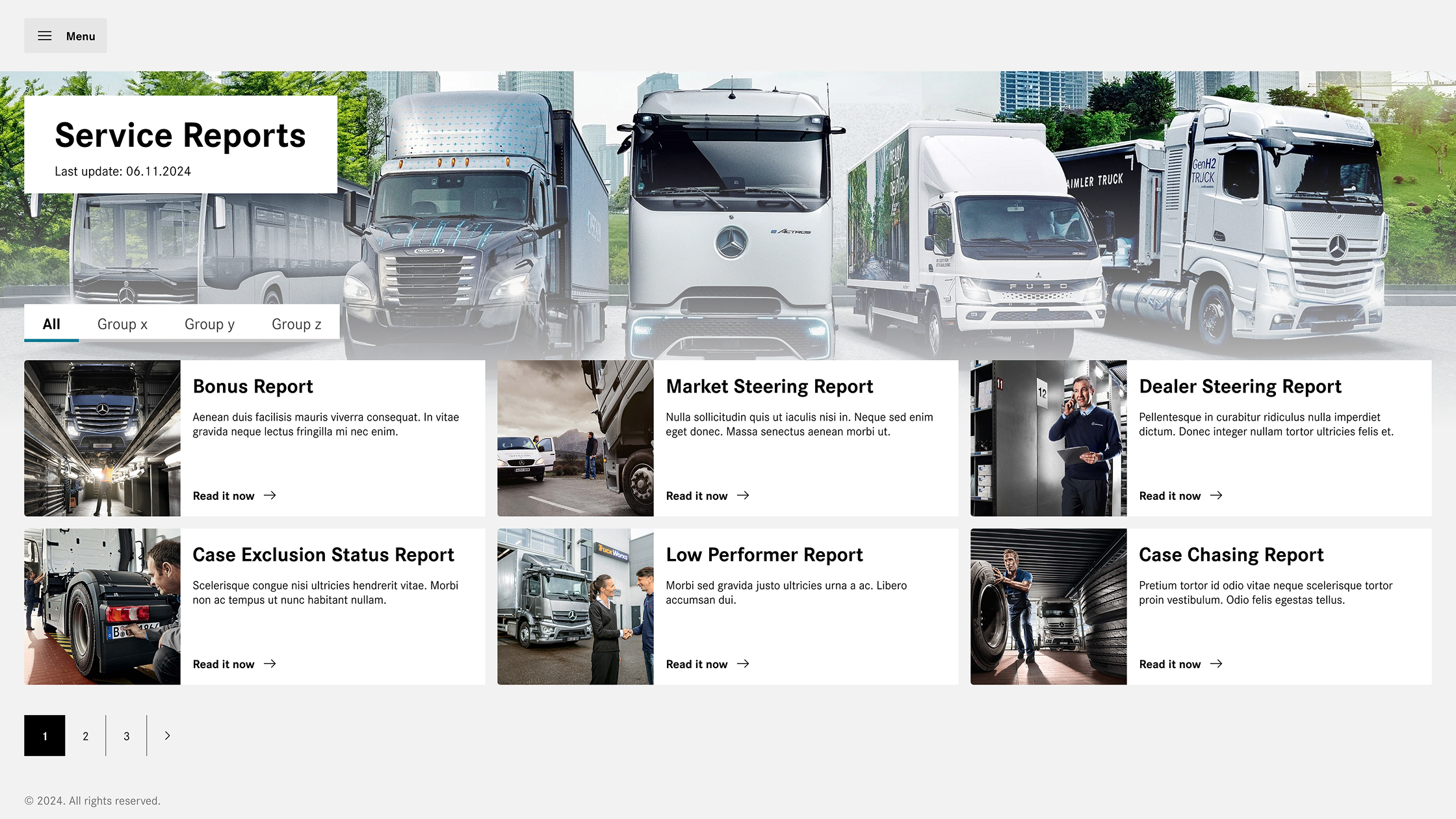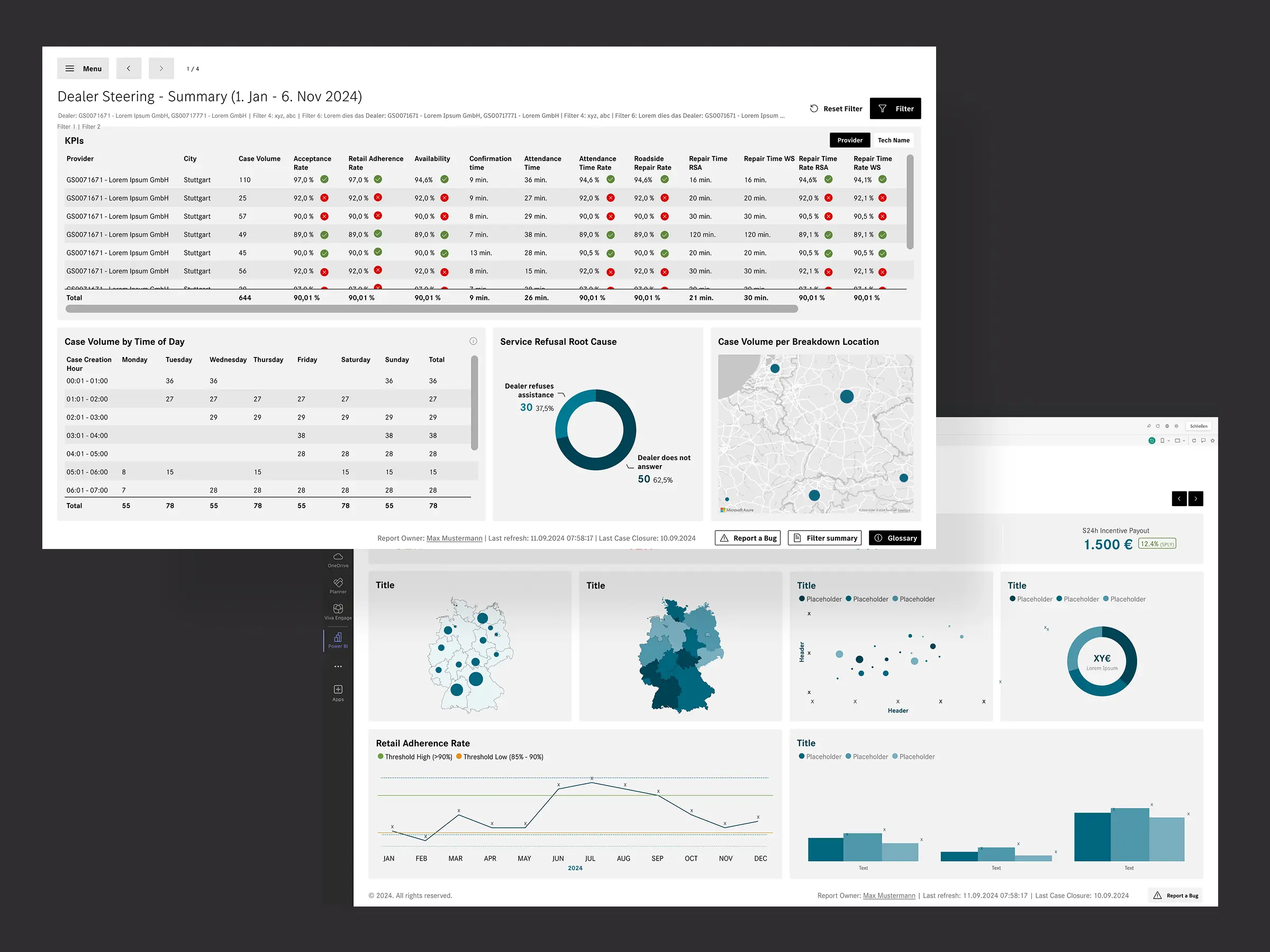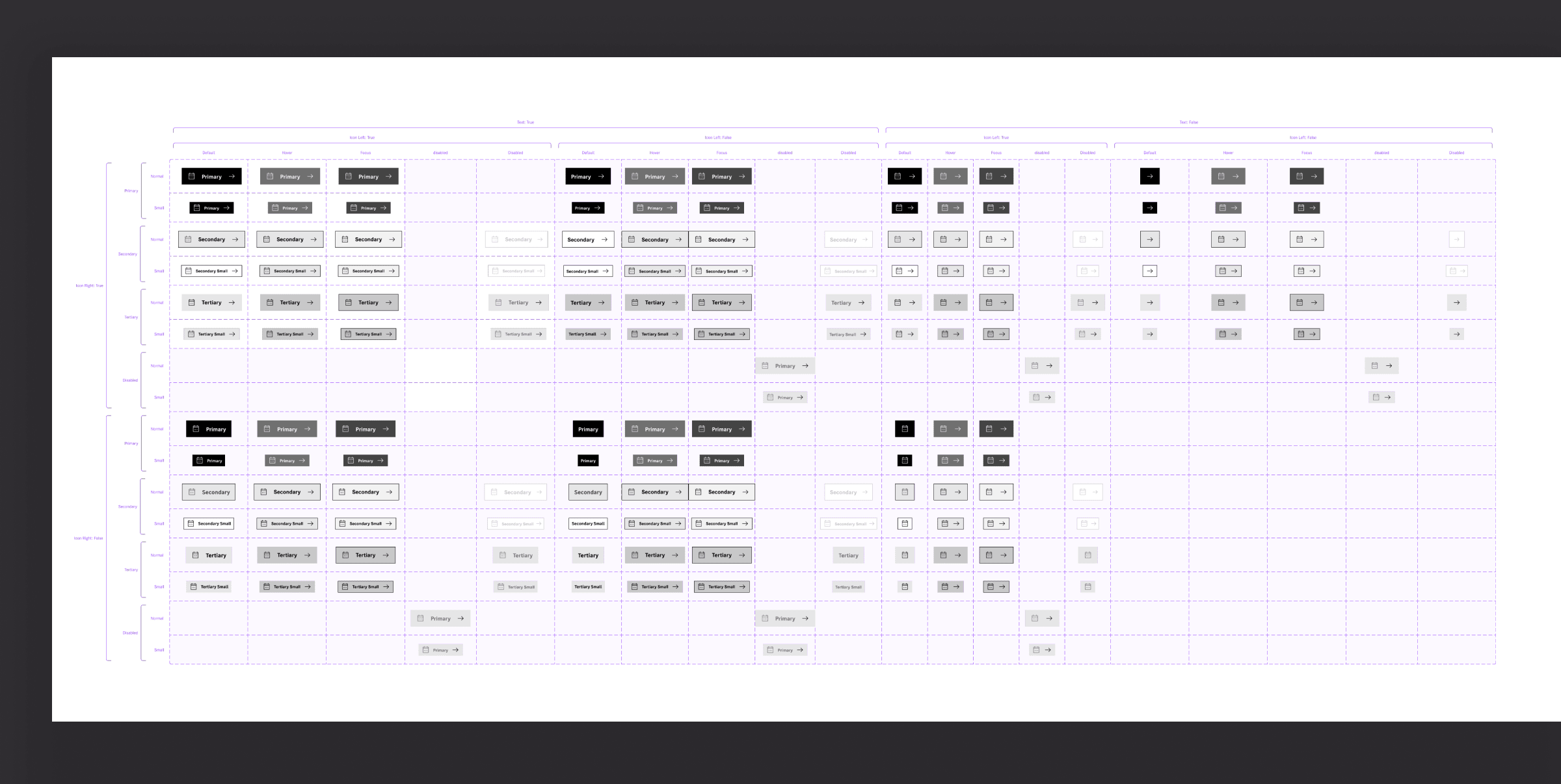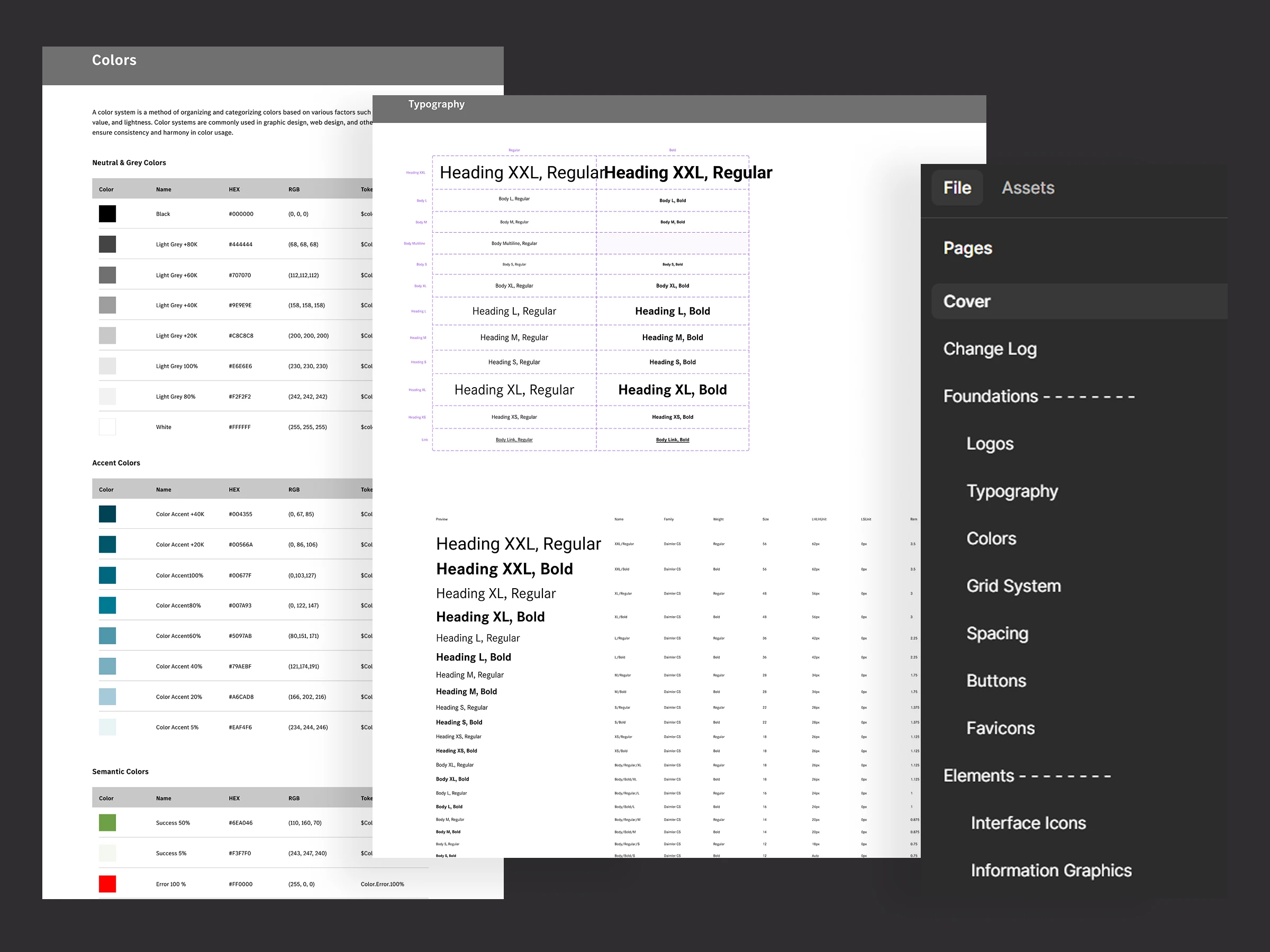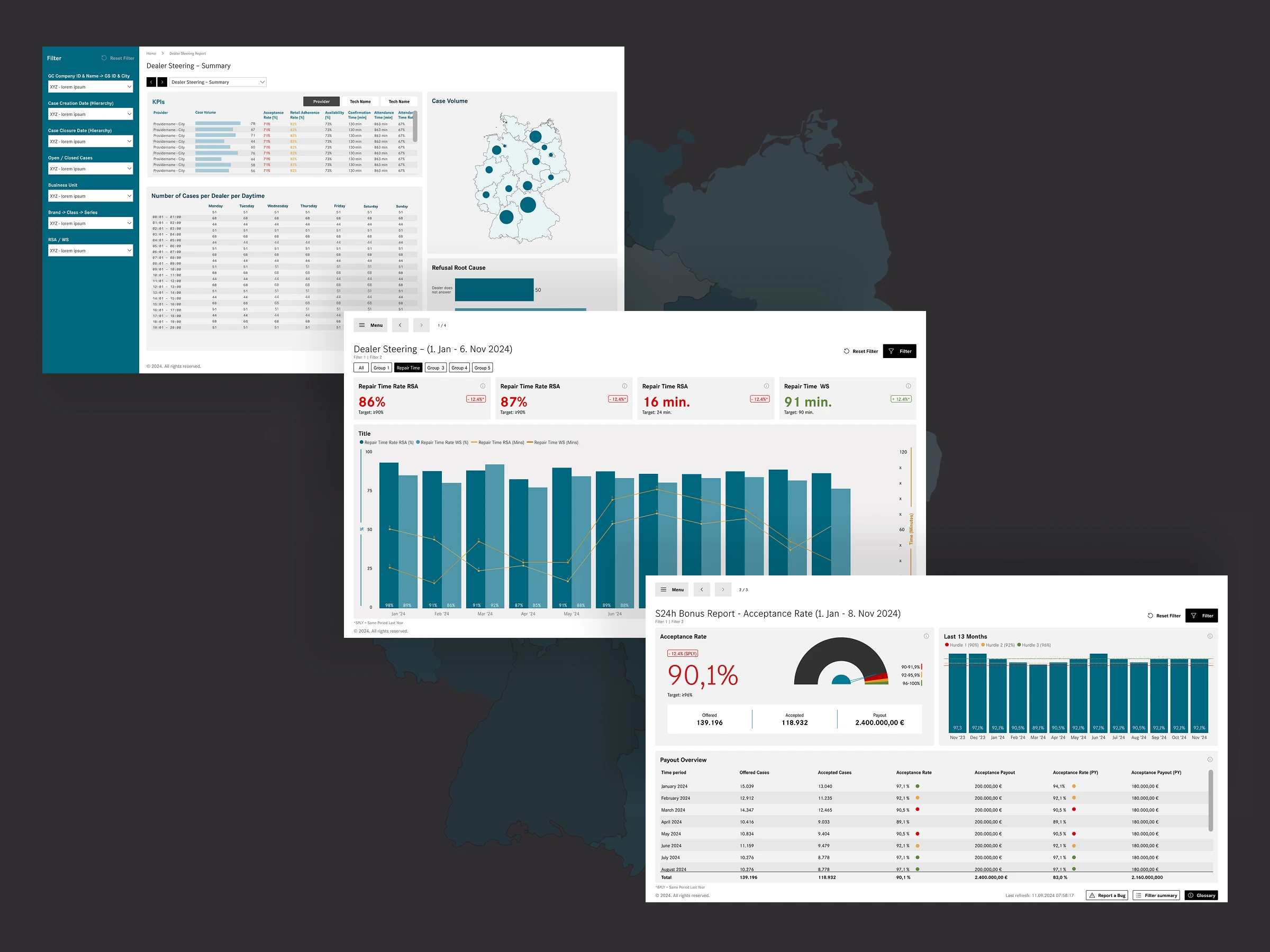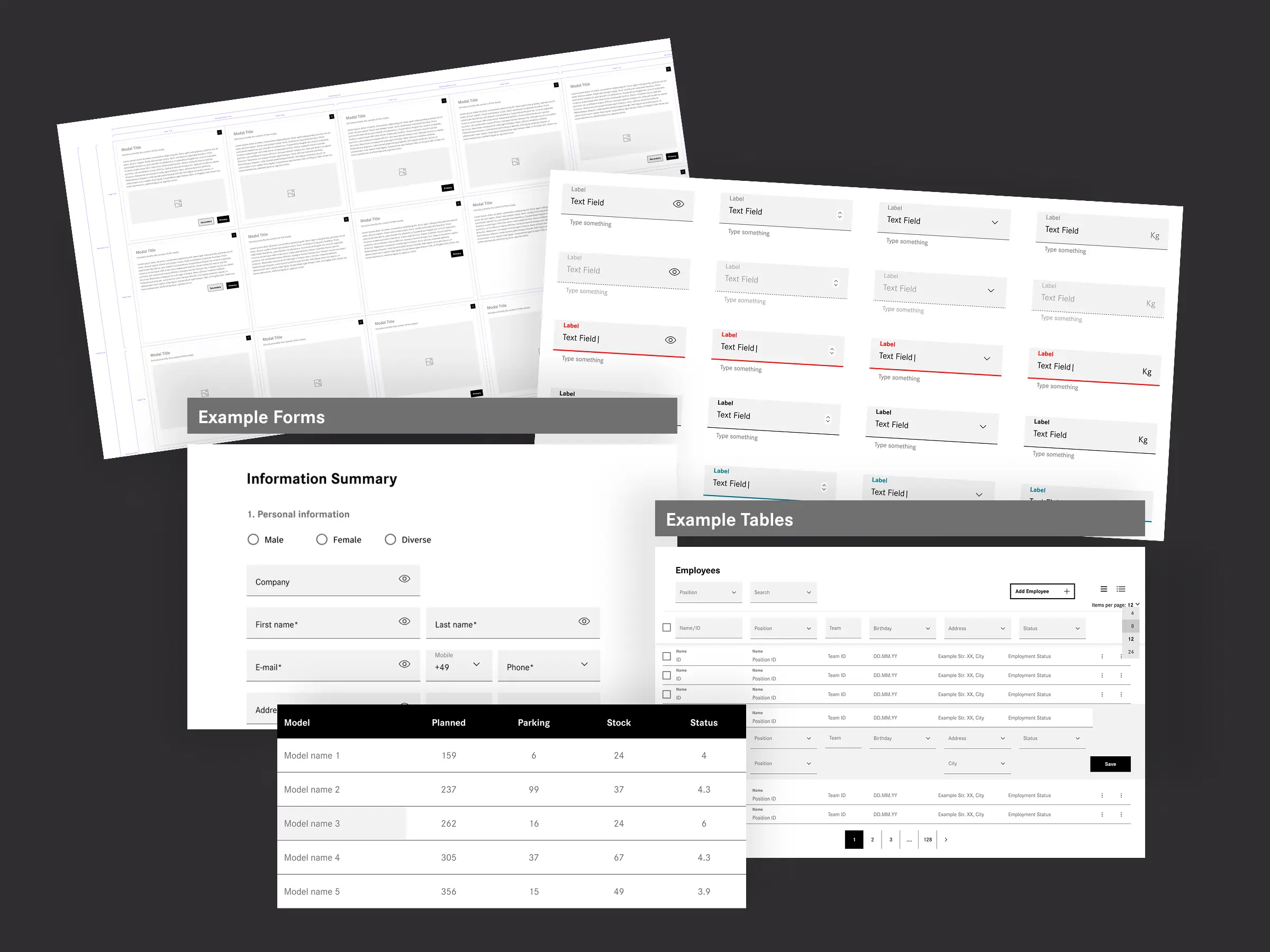Exclusion Platform for Leading German Truck Manufacturer
The Case Exclusion Tool (CET) was conceived not as a simple dashboard module but as a core governance layer within the company’s reporting ecosystem. Serving as a regulatory control point, it ensures the integrity of Key Performance Indicators (KPIs) by enabling markets to systematically exclude case data tied to exceptional operational anomalies. This audit-ready mechanism reinforces compliance, transparency, and consistency across global performance reporting.
Role
Product Designer (UX research, app + dashboards)
Scope
UX Research, UI Design, Power Apps, Power BI Dashboards, Design System
Category
Enterprise / Internal Tools / Data / Operations
Outcome at a Glance
Replaced a slow legacy tool with a Power Platform app that automates approvals and scales to 30+ markets.
5×
faster case submission
Project Overview
Team
2 PMs → 5 PMs (later... 🤭), 2 Product Designers, 2 App Engineers, 2 Dashboard Engineers, 2 QA Testers
Role &Process
I led the full product design and user research for an app as part of a case exclusion platform developed for a leading German truck manufacturer. The initiative replaced a restrictive legacy system with a scalable solution built on Microsoft Power Platform (Power BI and Power Apps). My work spanned stakeholder discovery sessions, user flow mapping, and creation of a WCAG AA–compliant design system derived from the company’s corporate design standards. I also managed end-to-end app development and designed integrated analytics dashboards. The outcome was a high-performance enterprise application that accelerated process execution by 5× and reinforced user confidence across more than 30 international markets.
Challenge
The project addressed a core conflict between centralized data control and the operational autonomy of 30+ local markets. It required replacing a slow legacy process that let markets exclude service disruptions to protect KPIs, often at the cost of transparency. The solution introduced strict, auditable exclusion limits and a time-sensitive, multi-role approval workflow to balance accountability with efficiency, reducing compliance risks and KPI manipulation.
Resarch &Insights
Two remote workshops and additional user interviews surfaced three clear personas:
Market Requester
Submit large batches of exclusion requests at once, instantly see remaining quota, and receive automated confirmations and status updates.
HQ Approver
Work through a filtered, KPI-specific queue, rely on automatic duplicate and limit checks, and meet strict SLAs aided by progressive reminder nudges.
HQ Admin
View every market’s full queue in real time, override exclusion limits when necessary, and fine-tune country-specific thresholds directly in the dashboard.
Hypotheses &Ideation
Based on the strict business rules defined in the Requirements Specification and user insights, we generated hypotheses focused on mitigating risk and automating logic. These were prioritized accordingly to guide prototyping and further development

User Flows &Information Architecture
In collaboration with engineers, we redesigned the application architecture to replace the fragmented legacy process with an automated, unified system. The new Role-Aware Flow presents dashboards by user role, while automated checks and Power Automate workflows remove manual delays. Built-in features like a 3-step reminder system and a 2-hour cancellation window enhance transparency, control, and reliability. Due to the product’s complexity and time constraints, the user flow was continuously updated.

Work with Design System & Prototypes
Conclusion
Shipping a 5× faster, WCAG-compliant platform to 34 markets — despite holiday absences, shifting scope, and a five-PM shuffle — proved that tight deadlines don’t have to force shallow results. The project’s success hinged on front-loading design systems, automating repetitive checks, and staying ruthless about visible performance wins.
5× faster load
8s screens vs 40s legacy tool
95%
audit accuracy in root cause classification
